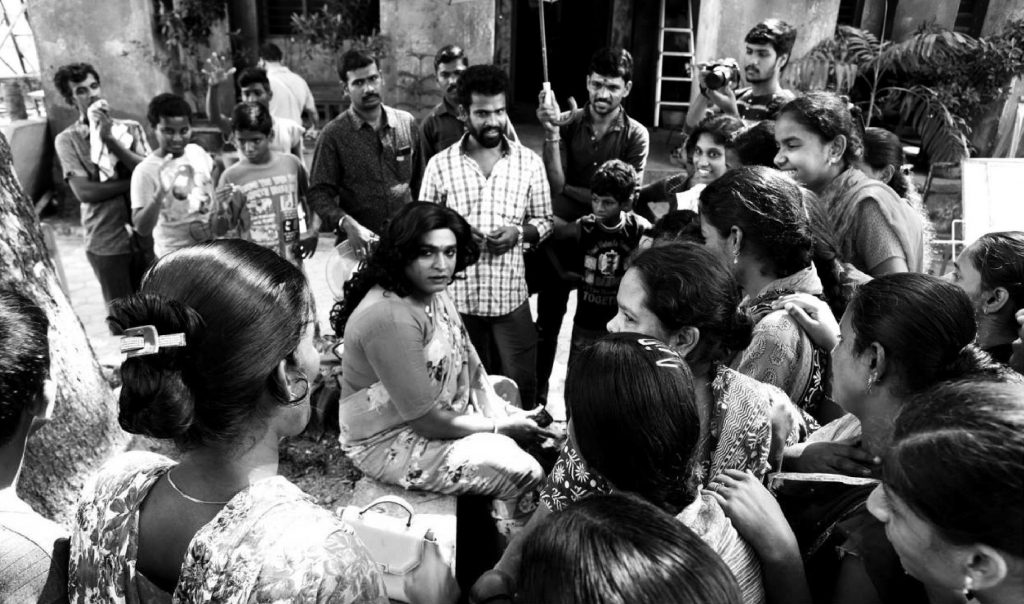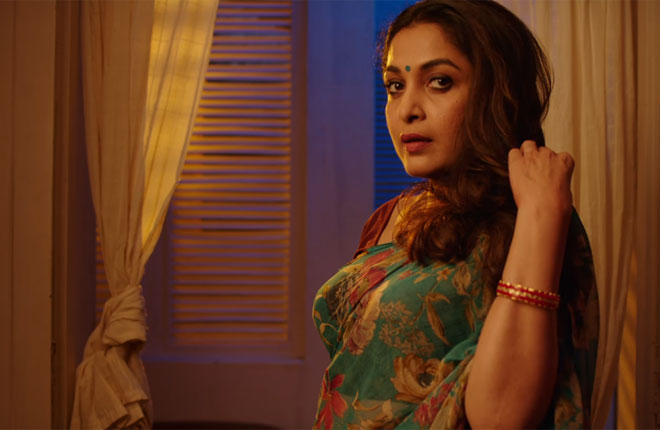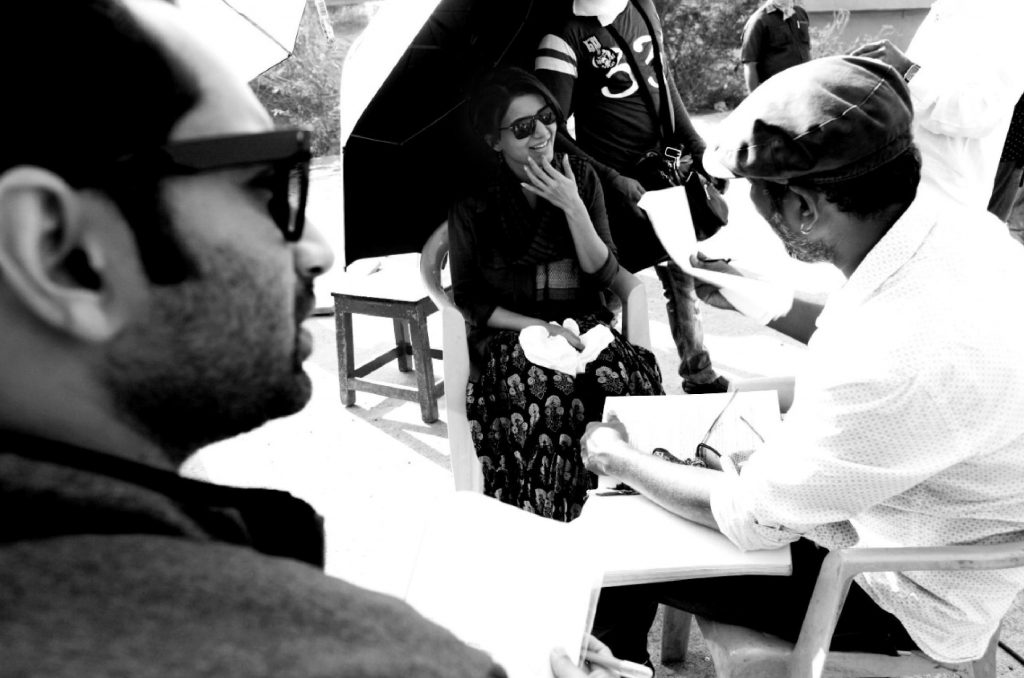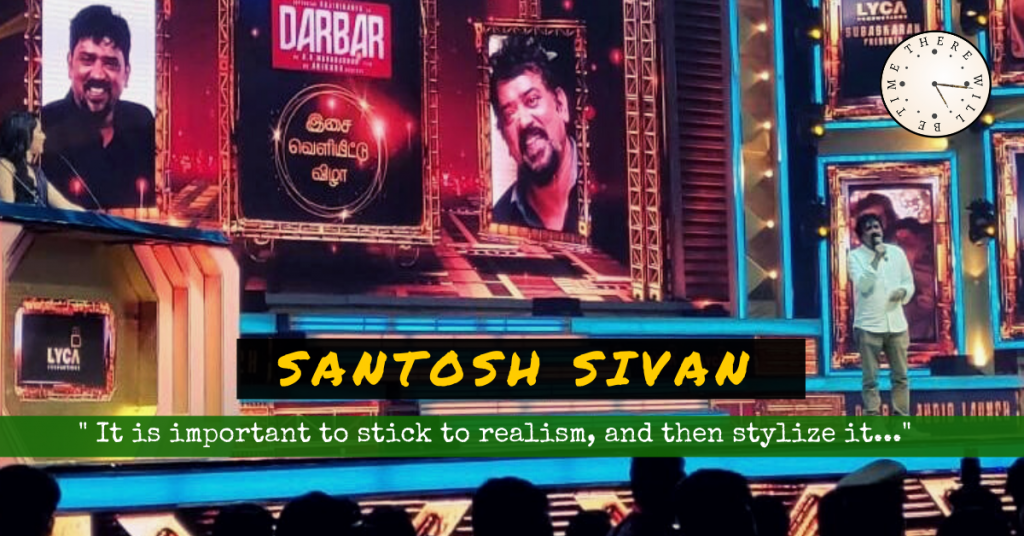No, I can’t wait any more.
This self-imposed exile from blogging is gnawing at my ligaments like a regiment of termites; the wobble in all my joints are asking me, can you really do anything at all about the ‘situation’ out there?
If you can’t, why don’t you do what you can?
Just write, without spreading misinformation; let the experts do their job.
Yes, the cinema halls are still not open, and there’s no way of knowing when they will come back, and even if they do, whether they will also be required to maintain social distancing. Like airlines, with a gap of two seats, where one family of four members pays for 12 seats … and popcorns are seat delivered with drones, flying at a height that doesn’t interrupt the projection. Also thermal screening at entry points, sound proof masks to muffle coughing sounds and sanitization after every show …
Although, I admit, keeping your hands to yourself might improve your focus on the film; but I also have a nagging doubt that might lead to more flops rather than hits, across the spectrum.
Now that’s a “WHAT IF” situation that I can do without.
Anyways, back to the business!!

When I saw Thiagarajan Kumararaja’s film SUPER DELUXE for the first time, I was trying to find a reason of why anyone should make a film like this? For someone who has spent a lifetime researching and writing documentaries, I was invariably looking for a social angle somewhere. More so because that makes me happier about a film, nothing else.
I did surmise that all the four stories have elements of social taboo at its center-stage. We have an unhappily married wife having comfort-sex with her ex-boyfriend; a mother who is also a porn-actress, while her husband is a miracle-healer, and they don’t seem to get along; we have a man who comes back home after a sex-change, opting to become a transvestite, and his son craving for a father; and we also have a group of teenage boys watching porn and ending up negotiating murder-deals with local dons and sex-deals with, believe it or not, an alien who can clone humans with her bare hands.
So what exactly was Kumararaja trying to do here? Was he trying to question social stereotypes? Trying to point out the anomalies/dictums we have in our society that forces us to judge people due to their personal actions/choices/origins??
It turns out I was completely off the mark.
That seems like having a lot of fun to me, with all due respects. With myself, as well as others.
But then, why make movies if you are not enjoying the creative process?
Being serious doesn’t necessarily mean being murky and miserable – there are as many ways to tell the story you want to tell as there are humans in this planet. Cinema is flexible; it gives you an overabundance of opportunities to express yourself, while having fun, if you want to have it. That thin balance between making your point while not turning esoteric and preachy is the hallmark of Super Deluxe – all the way.

The fact that Kumararaja enjoys every building block of film-making is evident in the scrupulous details with which he sets up his scenes. He knows what he wants, and keeps searching for it till he gets it, almost ruthlessly, and relentlessly.
Nothing about Super Deluxe is non-commercial, but it does feel like good cinema. That’s where it wins, hands on, and all the way.

Yet another fascinating aspect of the film is its highlighted sound-ecosystem – which can’t quite be compared with anything that I have seen in Indian cinema, as yet. Sound here has its own story to tell, and sometimes even without a visual support.
I had the opportunity to speak with Tapas Nayak, the sound designer of the film a couple of months back. He told me, for him, working with Kumararaja had been much like a twist-filled challenge laced with elements of a joyride, and a true-blue exercise in using sound as a character.
I already covered some of his observations in my post with him, which you can find HERE.
Here’s some more, specific to Super Deluxe.
I sincerely believe it would be a worthwhile exercise to talk to every key crew member of the film – and find out from them about their personal experiences and anecdotes about the making of the film. I did want to talk at least with the editor Sathyaraj Natarajan and the score composer Yuvan Shankar Raja – since watching the film was almost like going through their experience of making the film, with a barrage of questions included.
I feel this film has been widely celebrated, but not understood neither discussed enough, from a making viewpoint. That needs the length of a complete book. That would help generations of film-makers in India to approach hyper-linked story-lines.
But yes, from what I have felt in my brief interaction with Kumararaja, he doesn’t seem to be the right candidate to sit down and write a book about his own film. In any case, it’s been a year – and he seems to have moved on.
I sincerely hope someone else will find it worthwhile to take up that responsibility.
For me, it’s back to the soundscape now, from the director’s perception, and from a screenwriting perspective. I was keen to know how much of all those sound highlights were determined at the scripting stage.
I think that largely sums up, as of now, my humble attempt to look at SUPER DELUXE from a screenwriting perspective. Between this post and the earlier one, where we looked at the scripting process, we have covered at least some ground.
I will give you a link of my earlier post here.
And yes, to reiterate myself, I am done with waiting.
I don’t think the disaster management act prevents me from writing about cinema, or about people or ideas associated with storytelling. I think we really could do with some positivity here – despite Corona, and its economic ramifications.
In any case, social distancing comes naturally to a social recluse like me; all the more reason why I should be getting back to my usual weekend blogging – from this week onward.
Meanwhile, I did manage to speak to one of the greatest visual storytellers of all time.
In case you are wondering, it’s Santosh Sivan.
That’s next in therewillbetime; asap.



The sound scheme is so interesting. Quite captivated reading about it…
True. Like Tapas said – if you listen to it, only then it becomes obvious. Much work was done on that area.
Captivating…
So true my friend. So true.
Really it is too much good. Just wonderful. Thanking you.
Dhonyobad Tapas da. Sustho thaakben, bhalo thaakben.
A good read. Well written
Thanks Nishi.